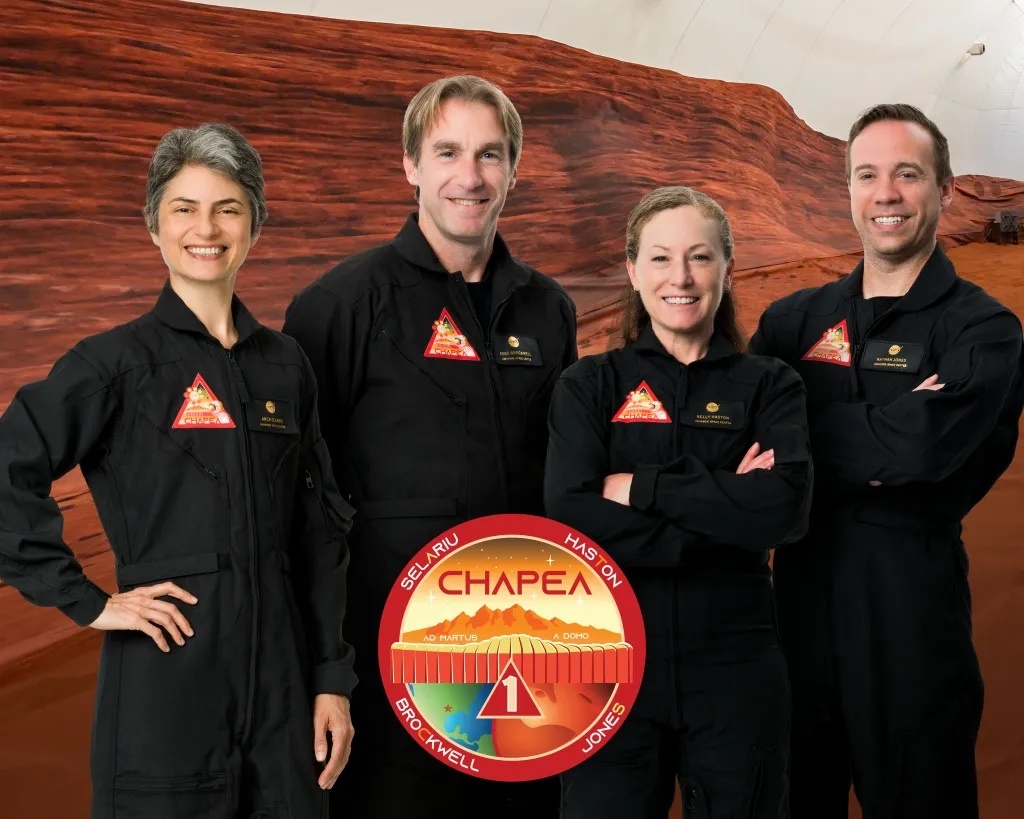Time: 2024-07-21

Anca Selariu , a US navy microbiologist , was part of the NASA crew that recently returned to Earth after spending 378 days in isolation on Mars Dune Alpha , a 3D - printed habitat at NASA 's Johnson Space Center in Houston . The crew , consisting of volunteers , simulated living conditions to prepare for the eventual human exploration of Mars , scheduled for the late 2030s . Selariu , the science officer of the mission , expressed her deep interest in space exploration and the importance of contributing to the realization of human travel to Mars.
The crew faced challenges reminiscent of the science - fiction movie " The Martian , " growing their own crops to supplement freeze - dried meals and dealing with communication delays similar to those experienced in deep space . Despite the challenges , Selariu highlighted the importance of the mission in understanding human adaptation to isolation and confinement , essential for future Mars missions . The crew 's cohesion and functionality were closely monitored , with positive results indicating the potential for success in longer - duration spaceflights.
NASA 's CHAPEA 1 mission involved a crew of four , including Mission Commander Kelly Haston , Flight Engineer Ross Brockwell , Medical Officer Nathan Jones , and Science Officer Anca Selariu . The crew 's exit from the Mars habitat simulation after 378 days marked a significant milestone in NASA 's preparation for future Mars missions . The data collected during the mission will contribute valuable insights into maintaining health and performance for successful human expeditions to Mars in the future.
Principal Investigator Grace Douglas emphasized the importance of the mission in gathering critical data to understand human endurance , health risks , and technological systems necessary for long - term space missions . The controlled environment of the simulation allowed for rigorous experimentation without the immediate dangers of space travel , ensuring the safety and well - being of future astronauts . The success of CHAPEA 1 paves the way for future missions , with CHAPEA Mission 2 scheduled for next year and CHAPEA Mission 3 in 2027.
NASA 's commitment to Mars exploration extends beyond CHAPEA missions , with ongoing research in isolation , confinement , and human spaceflight missions . The agency 's efforts aim to gather essential data to guide future expeditions to Mars and ensure the safety and success of human exploration beyond Earth 's atmosphere . The completion of CHAPEA 1 highlights NASA 's dedication to scientific research and meticulous planning in preparation for the journey to Mars , a significant step towards achieving the long - term goal of human exploration of the red planet.
As NASA continues to push the boundaries of space exploration , missions like CHAPEA play a crucial role in testing human endurance , refining technological systems , and gathering valuable data for future Mars missions . The collaborative efforts of astronauts , scientists , and engineers involved in these missions contribute to the collective goal of expanding humanity 's presence in space and inspiring future generations to reach for the stars.